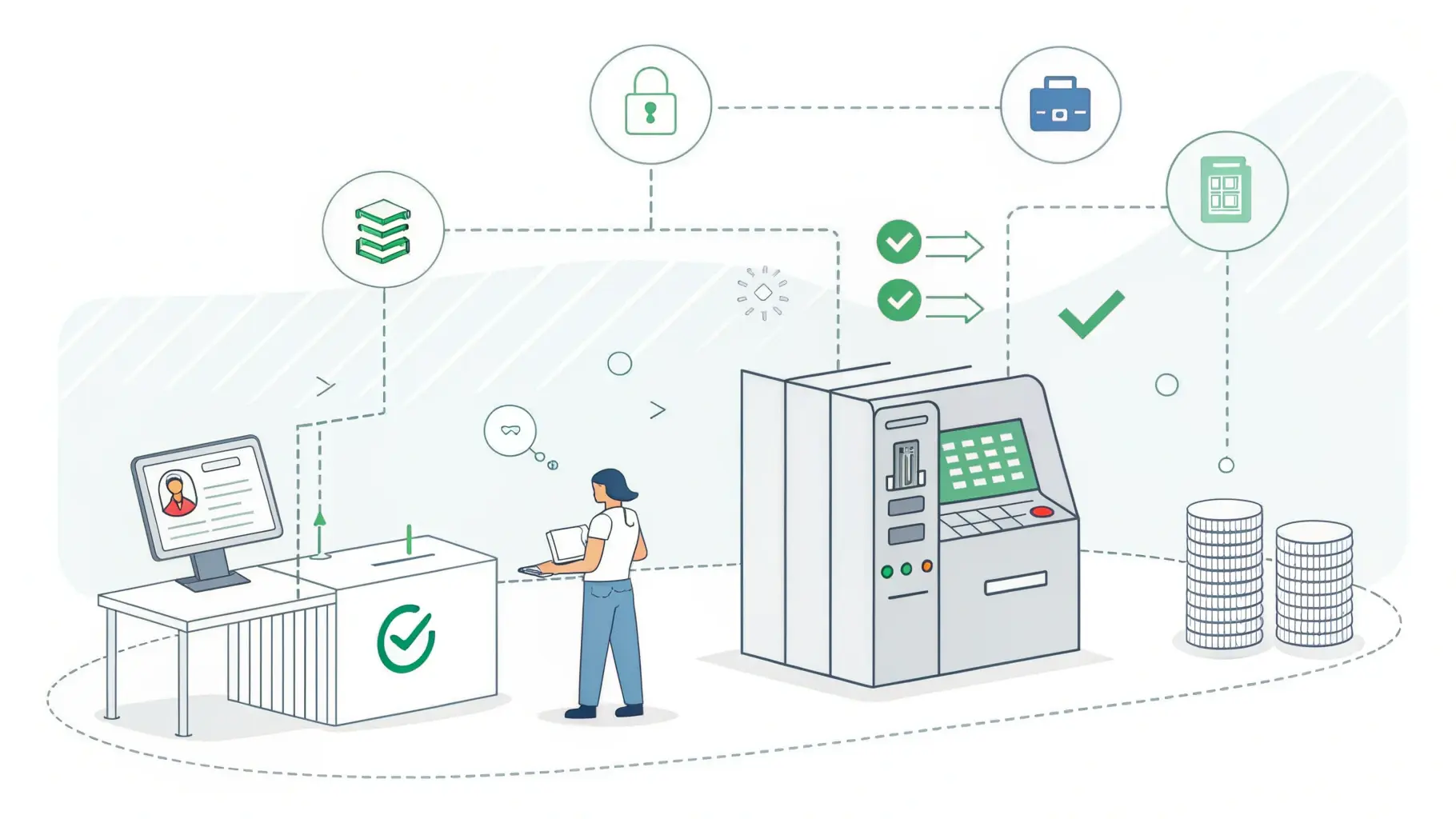Batch Processing in VoP: Handling High-Volume Transactions Securely

The Growing Need for Scalable VoP Solutions
Banks and PSPs across the DACH region (Germany, Austria, Switzerland) are processing more transactions than ever — and doing it faster. With SEPA Instant Payments becoming the standard, the pressure is on to keep systems both secure and compliant without slowing anything down.
Verification of Payee (VoP) plays a critical role here. It’s the line of defense that ensures the recipient is who they say they are. But when you’re dealing with thousands (or millions) of payments a day, traditional real-time checks aren’t enough. That’s where batch processing comes in.
In this article, we unpack how batch processing strengthens VoP by making it scalable, efficient, and ready for real-world financial ecosystems.
What Is Batch Processing in VoP?
Put simply, batch processing means verifying multiple payee details at once, instead of checking them one by one. For financial institutions and corporates running large volumes of payments, this shift is a game-changer.
When VoP is applied in batches, it allows banks and PSPs to:
- Validate many transactions in a single request.
- Reduce the strain on their infrastructure.
- Stay compliant with SEPA and PSD2 — without compromising performance.
- Detect red flags early, before the money moves.
Why It Matters in the DACH Region
This region brings its own complexity:
- Cross-border and domestic SEPA transactions are constant and high-volume.
- Regulatory pressure from EPC and PSD2 leaves no room for error.
- Fraud tactics like APP scams and IBAN spoofing are becoming more sophisticated.
Add to that the 24/7/365 requirements of SEPA Instant Payments, and you’ve got a system that can’t afford to slow down — or slip up. Batch processing gives institutions the breathing room to scale VoP without cutting corners.
Key Benefits of Batch Processing in Verification of Payee
1. Built for Scale
Real-time checks are great — until they start to bottleneck. Batch processing lets institutions:
- Push through massive payment volumes smoothly.
- Avoid latency spikes during peak hours.
- Handle recurring payments like payroll or vendor payouts with ease.
2. More Efficient, Less Expensive
Why send 1,000 API calls when you can send one structured file? Batch processing reduces:
- Infrastructure load by grouping checks.
- Cost-per-transaction for high-volume use cases.
- Manual follow-ups and reconciliation tasks.
3. Stronger Fraud Defenses
The earlier you catch inconsistencies, the better. Batch VoP:
- Flags suspicious patterns before payments are approved.
- Reduces risk of misdirected funds by checking names and IBANs in bulk.
- Supports AML and KYC checks as part of a broader compliance toolkit.
4. Compliance Without Compromise
The SEPA Instant Payment Regulation now requires VoP for instant transfers. Batch processing makes it easier to:
- Automate checks in a way that aligns with SEPA, PSD2, and AML requirements.
- Create audit logs for regulators and internal teams.
- Integrate seamlessly into fast-moving payment systems.
How Batch Processing Works in a VoP Solution
Here’s a look at what a typical batch VoP workflow might include:
1. Data Ingestion:
Banks or corporates submit payment data via file upload (CSV, XML) or API.
2. Verification:
The system checks payee names and IBANs against trusted data sources.
3. Risk Scoring:
Transactions with mismatches or anomalies are flagged for review.
4. Action & Reporting:
Clean payments are cleared. Problematic ones are halted or routed for manual checks.
5. Logging & Compliance:
All results are saved for audit and monitoring purposes.
Choosing the Right Batch Processing VoP Solution
When selecting a VoP provider that supports batch verification, consider:
- Scalability: Will it handle tens of thousands of checks — or hundreds of thousands — without lag?
- Integration Options: Does it support both APIs and file-based workflows?
- Fraud Detection Tools: Are there built-in scoring models or anomaly detection?
- Compliance Alignment: Does it help you meet SEPA, PSD2, and AML standards?
Future-Proofing VoP with Batch Processing
Instant payments aren’t slowing down — and neither should your fraud defenses. Batch processing enables banks, PSPs, and large businesses in the DACH region to:
- Validate payments at scale.
- Cut infrastructure and compliance costs.
- Reduce risk and build trust with customers.
In short: it’s the VoP engine that’s built for real-world speed, complexity, and volume.
Now’s the time to adopt batch processing — not just for compliance, but for smarter, safer payments.